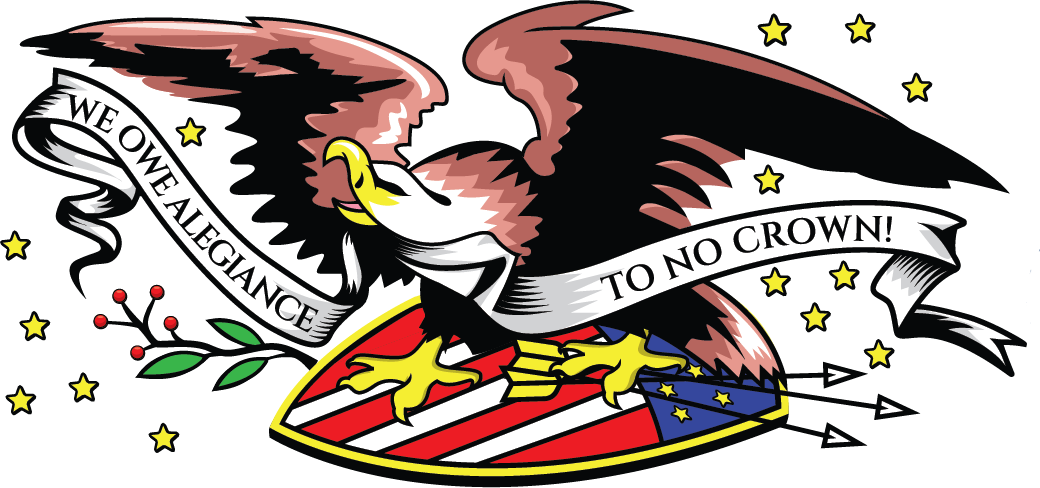29 Mar The Third Way: Stealth Socialism
by Mike Wilson, Editor, APC News Wire
British Prime Minister Tony Blair, often called the British version of Bill Clinton, has perfected Clinton’s style of substance-less leadership. Now Blair is the most prominent proponent of a vague new political movement steeped in the lofty idea that society can have its cake and eat it too — if only there were more “compromise” at the political “center.”
It’s called the “Third Way” and it’s becoming a successful method for left-wing parties in Europe to get elected in an era when history books conclusively show the failure of Marxist ideology.
The Third Way is, in effect, a grudging admission by the left that traditional market controls of collectivist governments cannot thrive in today’s global economy. But at the same time, it’s a stubborn insistence that an activist federal government is still an effective approach to public problems.
“The Third Way stands for a modernized social democracy, passionate in its commitment to social justice and the goals of the center-left, but flexible, innovative and forward-looking in the means to achieve them,” writes Blair. “It seeks to take the essential values of the center and center-left and apply them to a world of fundamental social and economic change, and to do so free from outdated ideology.”
Blair speaks frequently of the government “equipping” citizens to succeed, the government and private sector working in “partnership” together, while “sharing responsibility” and “cooperating internationally.”
But what never really gets around to being explained is exactly HOW it’s all supposed to work. Other than a general commitment to “education” and “worker training” Third Way proponents never get past eloquent descriptions of utopian goals.
“You can’t be against it,” says Polly Toynbee, a British social affairs commentator who’s a Third Way skeptic. “It includes everything good you ever heard.”
Recently, talk of this Third Way has been building momentum among Democrats in the U.S. It’s no surprise that Democrats would be enthused by a new tool to continue their evolution into “New Democrats.” Thus far the term has come to mean nothing more than dressing up liberals and liberal policies in disguise, keeping Hillary muzzled, paying lip service to traditionally Republican issues such as crime, welfare and tax cuts; and immediately heralding any big government spending as an “investment” for “the children.”
These have been necessary tactics since Clinton caused Democrats to lose control of Congress halfway through his first term — subsequently turning Liberal into a dirty word. The huge tax increase, the effort to let homosexuals serve openly in the military and a failed attempt to nationalize the health care system showed Democrats that they had seriously misread the public’s tolerance for brazenly liberal public policy.
But Democrats have adapted well — due largely to the establishment media’s perpetuation of the myth that there’s a great public yearning for lawmakers to simply meet halfway on any point of contention, have a bipartisan hug and things will be just fine.
The Third Way caters directly to this attitude.
The danger this presents to conservatives is a new banner of credibility for the left, and the likelihood that the right will continue to be labeled “extremists” or “obstructionists” for refusing to compromise on core principles. This could be easily overcome if Republicans weren’t too squeamish to stand up to the smear, hold firm on the principle that sometimes no legislation is better than bad legislation, and then let the voters (not the polls or pundits) cast final judgment. Unfortunately, it doesn’t seem likely that Republicans will rediscover the backbone they lost in the government shutdown three years ago.
Meanwhile, conservatives would be well-advised to publicly scrutinize Third Way rhetoric, challenging the absence of policy and insisting it be defined in terms of methods rather than goals.



